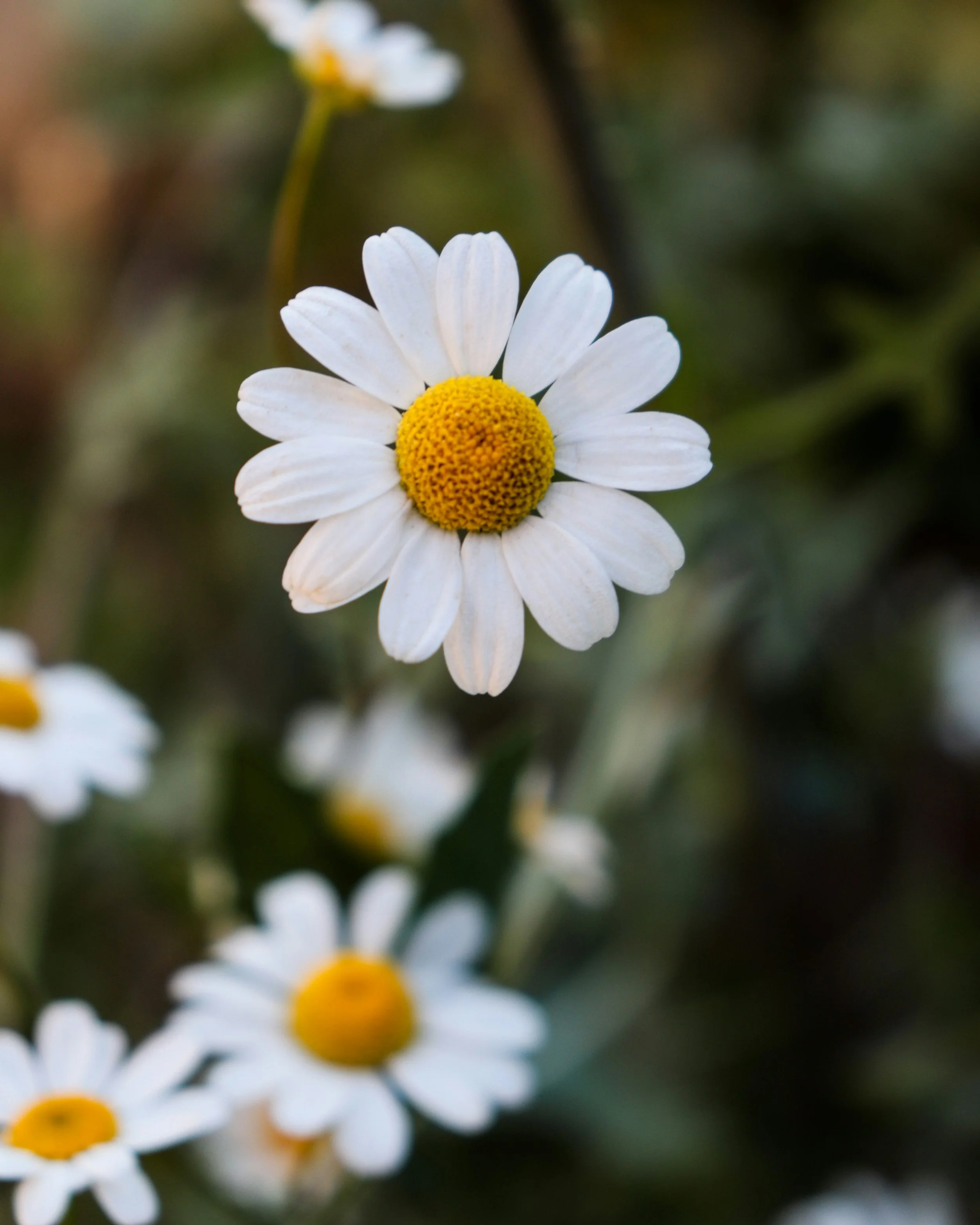Best Plants to Grow a Tea Garden!
Photo by Melanie Stander on Unsplash
This is a sponsored post, where I received a tea garden kit from Ferry-Morse. However, I only give honest reviews of products. This post also contains Affiliate Links, which means that at no extra cost to you, I make a commission if you purchase through these links. For additional information, see my Disclosure & Disclaimer Page.
Are you a tea lover who adores growing plants too? Why not grow a tea garden and have fresh herbs at your fingertips to brew your favorite cup of tea with! I interviewed Rebecca Sears, CMO & Resident Green Thumb at Ferry-Morse, to get the scoop on which herbs are the best to grow for a tea garden, along with their basic care tips.
4 Fantastic Plants for a Tea Garden
Sears recommends getting the Ferry-Morse tea herb variety pack for the top plant picks you need to grow your very own tea garden. They also have the seed starter pods, which will make the process much easier. Here are the plant seeds you will get in the kit, along with their care requirements:
Peppermint
If you haven’t tried peppermint tea yet, you’re in for a real treat. Sears says that peppermint is great for soothing digestion and can serve as a natural decongestant, especially if you’re prone to colds and allergies as the seasons shift.
“Grow your peppermint in containers to prevent it from spreading aggressively, and place it in an area that receives partial shade to full sun. Keep your soil moist, but make sure it’s well-draining, as peppermint doesn’t like to be waterlogged,” she informs.
Lavender
Photo by Patrick Ho on Unsplash
Sears states that lavender is well-known for its sweet fragrance and calming properties, but it can also be brewed into a cozy cup of tea that can help improve sleep quality and reduce inflammation. She recommends growing your lavender in a spot that receives 6 to 8 hours of full sun daily—though lavender can tolerate partial shade if your yard doesn’t receive much sun.
“Lavender hates soggy roots, so allow your soil to dry out between watering. For an even more soothing cup of tea, combine your lavender with chamomile and a spoonful of honey,” she says.
You can grow lavender indoors, but you will need to provide it with enough light to thrive. I love growing it outdoors because it is a favorite for bumblebees. So, try to leave some blooms for your bee friends too.
Lemon Balm
Photo by Victor Serban on Unsplash
“Lemon balm is a hardy perennial in the mint family that’s cherished for its medicinal uses. It contains antioxidants that can help support heart health, and it can help promote stress relief and relaxation, making it the perfect tea option after a busy day,” Sears says.
She continues, “Lemon balm can tolerate partial shade if you’re unable to find a spot in your yard that receives full sun and prefers well-draining, evenly moist soil. I also recommend regularly pinching off leaves of your lemon balm to prevent flowering, which can make the leaves less flavorful.”
Chamomile
Photo by hanna plants on Unsplash
Sears says that chamomile tea is a tried-and-true beverage that can help ease digestive discomfort and promote a more restful sleep as you’re winding down for the night. It’s very easy to grow if you’re a beginner gardener or just trying your hand at a tea garden for the first time.
“While you should aim for a spot that receives at least 4 to 6 hours of sunlight per day, chamomile can be successful in well-draining, sandy, or loamy soil and only needs to be watered when the top inch of soil is dry,” she informs.
“Once your chamomile flowers have fully opened, harvest them and dry them for your homegrown tea.”
Start a Tea Garden with Ferry-Morse Tea Herb Variety Pack!
Image of Ferry-Morse Tea Seed Bundle by Kat Brancato
You can have fresh herbs for a piping hot cup of tea while adding a whimsical touch to your garden. I highly recommend the Ferry-Morse tea herb variety pack that features all four of the best plants in one bundle, so you can start your tea garden with ease!






